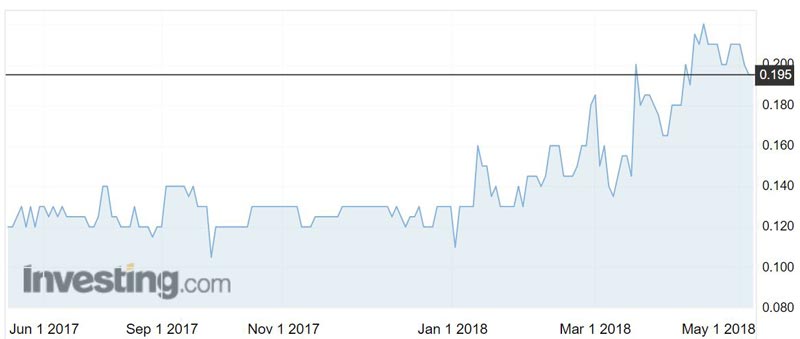Mineral Commodities hopes to spark big sales with flame retardant graphite

China is leading a push for flame retardants like graphite to be used in building materials. Pic: Getty
Explorer Mineral Commodities has proven it can produce graphite suitable for a range of products — including the in-demand flame retardant industry.
Using conventional chemical treatment, Mineral Commodities (ASX:MRC) has been able to prove that graphite from its Munglinup project in Western Australia can expand across a broad range of graphite flake sizes.
When treated with acid and heat, graphite flakes split apart and increase in volume by up to 300 times.
This “expandable graphite” can be pressed into sheets and used for heat and fire protection in applications ranging from building materials to consumer electronics and fuel cells.
High expansion volumes are not easy to achieve, making the coarse flake material suitable for high-end uses such as graphite foil.
Graphite foil is used in high power applications where maximum heat transfer is essential.
Mineral Commodities has now discovered that it can supply the high-end graphite foil market and also supply expandable graphite for insulation foam, fire retardants and gasket markets using the lower expansion volume flakes.

Flame retardancy market is booming
Investors often class graphite as a battery metal (even though it’s made of carbon) because lithium-ion batteries require twice as much graphite as lithium.
But graphite’s qualities as a fire suppressant — particularly in building materials — may be a far bigger driver of demand.
>> Graphite guide: why fire resistance and not electric cars may drive these stocks
Demand for “expandable graphite” is growing much more quickly than expected.
One major application is building safety — driven by disasters such as the London Grenfell Tower tragedy and China’s push for flame-retardant building materials following an explosion at the Tianjin Port in December 2015.
Mineral Commodities now plans to undertake a study into the development of an expandable graphite plant and will also begin battery anode materials studies.
- Bookmark this link for small cap breaking news
- Discuss small cap news in our Facebook group
- Follow us on Facebook or Twitter
- Subscribe to our daily newsletter
UNLOCK INSIGHTS
Discover the untold stories of emerging ASX stocks.
Daily news and expert analysis, it's free to subscribe.
By proceeding, you confirm you understand that we handle personal information in accordance with our Privacy Policy.








